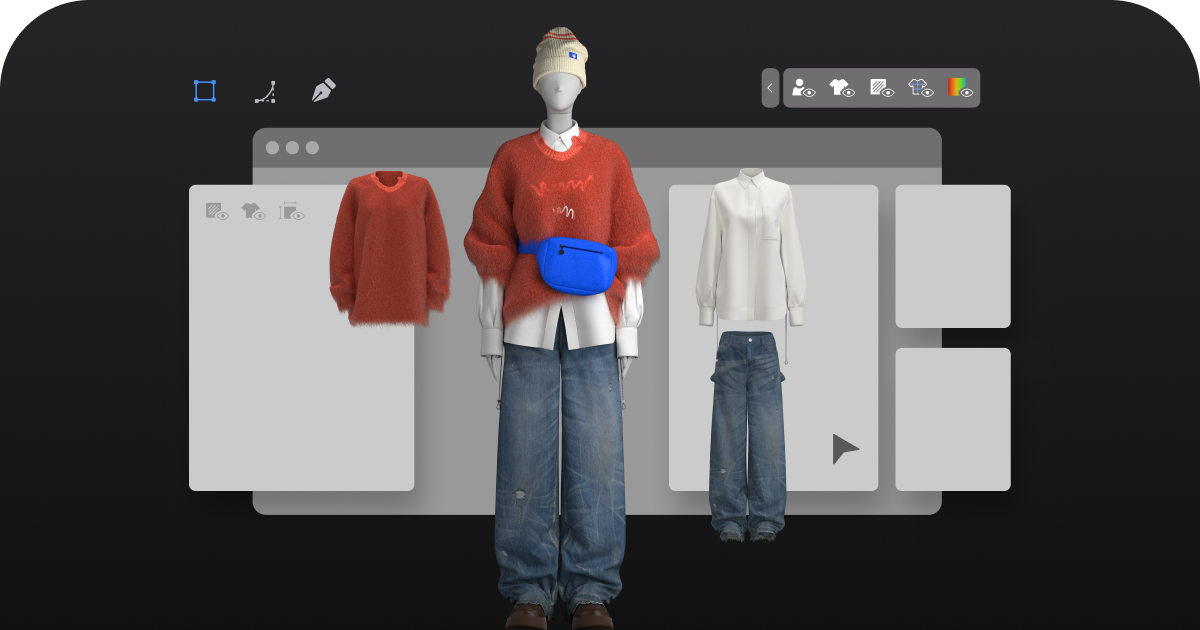
# Fashion Design Software: Tools for Creative Professionals
## The Evolution of Fashion Design Software
Fashion design software has revolutionized the way designers create and visualize their ideas. Gone are the days when designers relied solely on paper sketches and physical prototypes. Today’s digital tools offer unprecedented flexibility, allowing professionals to experiment with colors, patterns, and silhouettes with just a few clicks.
Modern fashion design programs combine traditional design principles with cutting-edge technology, enabling designers to bring their visions to life more efficiently than ever before. These tools have become essential for both established fashion houses and independent designers looking to compete in an increasingly digital industry.
## Key Features of Professional Fashion Design Software
1. Digital Pattern Making
Advanced software solutions now include precise pattern-making tools that replicate traditional drafting techniques while offering digital advantages like instant scaling and automatic seam allowance calculations.
2. 3D Garment Simulation
The ability to visualize designs in three dimensions before creating physical samples saves time and resources. Many programs now offer realistic fabric draping simulations that account for material properties.
3. Color and Texture Libraries
Extensive digital libraries allow designers to experiment with countless color combinations and fabric textures without needing physical samples.
4. Technical Drawing Tools
Precision tools for creating technical flats and specification sheets ensure accurate communication with manufacturers and production teams.
## Popular Fashion Design Software Options
Industry-Standard Solutions
Adobe Illustrator: While not fashion-specific, Illustrator remains a favorite for its vector drawing capabilities and extensive plugin ecosystem.
CLO 3D: A leader in 3D garment simulation, allowing designers to create virtual prototypes that move and drape like real clothing.
Optitex: Offers comprehensive pattern making and 3D visualization tools used by many major fashion brands.
Emerging Alternatives
Browzwear: Specializes in sustainable design solutions with accurate fabric behavior simulation.
TUKAcad: Provides an affordable yet powerful option for small design studios and independent creators.
Marvelous Designer: Popular in both fashion and animation industries for its realistic cloth simulation.
## Choosing the Right Software for Your Needs
When selecting fashion design software, consider these factors:
- Your specific design focus (apparel, accessories, footwear)
- Compatibility with your existing workflow
- Learning curve and available training resources
- Integration with other tools in your production pipeline
- Budget constraints and licensing options
Keyword: fashion designing software
Many software providers offer free trials or limited versions, allowing you to test different options before committing to a purchase. Remember that the most expensive solution isn’t always the best fit for every designer’s needs.
## The Future of Fashion Design Technology
As technology continues to advance, we can expect fashion design software to incorporate more artificial intelligence features, enhanced virtual reality capabilities, and even more accurate sustainable material simulations. These developments will further blur the line between digital design and physical production, opening new creative possibilities for fashion professionals worldwide.
For designers looking to stay competitive, mastering these digital tools is no longer optional—it’s essential for success in the modern fashion industry.